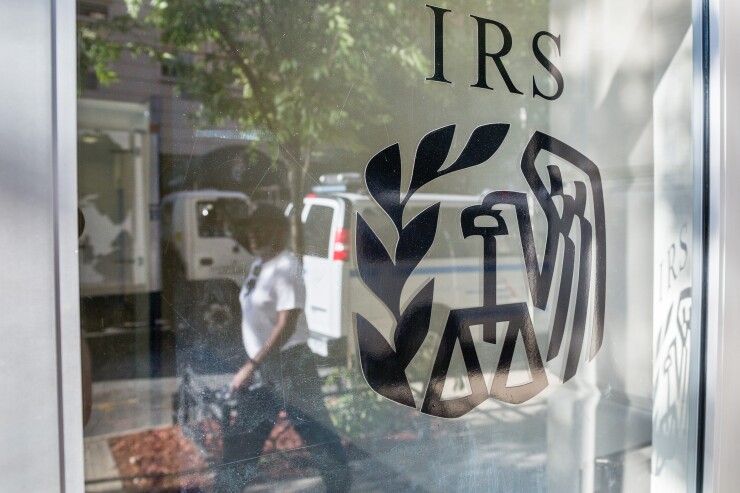Our weekly roundup of tax-related investment strategies and news your clients may be thinking about.
Clients are usually expected to owe taxes on capital gains distributions that their mutual funds pay at the later part of the year, according to this article in Morningstar. For advisors who want to help their clients reduce capital gains distributions, they must identify high-distributing funds in the clients' portfolio and consider selling and replacing these funds with investments with lower or no estimated distributions, especially if possible savings will exceed the trading costs, according to the article. "This necessitates determining the savings from lowering the dividend recognition net of potential recognition of gains (or losses) on the sales," the article states.

Harvesting capital losses is one strategy for clients to consider by the end of the year to enhance their tax savings in 2020, according to this Fox Business article. Another last-minute tactic to consider is to bunch years' worth of donations this year to maximize the tax breaks and make itemizing deductions more valuable than taking the standard deduction route. Doing a Roth conversion, refinancing their home, spending away remaining the balance in flexible spending accounts and boosting retirement plan contributions are other tax-saving strategies for the to consider as well, according to the article.
-
Errors are regrettably common. They are also easily avoidable.
April 1 -
Military families can use one of these provisions to seriously cut their tax burden. Plus, can clients make an IRA contribution on behalf of a deceased person?
October 23 -
Financial planners don’t have to be attorneys to help clients avoid high cost oversights
December 24
Clients are advised to consider strategies that max out tax breaks on charitable donations if they opt to itemize deductions on their returns, according to this article in CNBC. For example, instead of donating cash, clients may consider giving away securities that have appreciated in value, as this would enable them to avoid capital gains taxes from selling these investments. Another strategy is to bunch together years of donations using a donor advised fund, which allows them to claim the tax break in the year they transfer the assets. Seniors who have to take RMDs from their retirement accounts may opt to donate the money directly to a qualified charity and avoid taxes on the withdrawals in the process.
Retirees who don't need the RMDs from their retirement accounts have the option of donating the money directly to a qualified charity, according to this article in Barron's. This strategy will enable them to meet the requirement and avoid taxation on the withdrawals. They can also reduce their RMDs by buying a qualified longevity annuity contract within the account and converting some of the traditional assets into a Roth IRA. Another strategy to manage RMDs that they don't need is to reinvest the distributions in a money market account or another savings vehicle.
The average expense ratio among the top-performers is 40 basis points higher than the average.
Nearly a third of Americans aged 50 and older expected the cost of health care to be the biggest expense after they retire, according a Nationwide survey in this Motley Fool article. Seniors who are anxious about their medical expenses in retirement should know their Medicare coverage options and consider funding a tax-advantaged HSA. Buying long-term care insurance is another strategy to prepare for future health care expenses.






